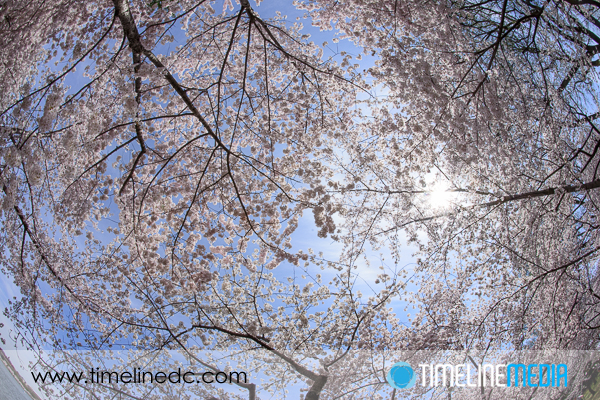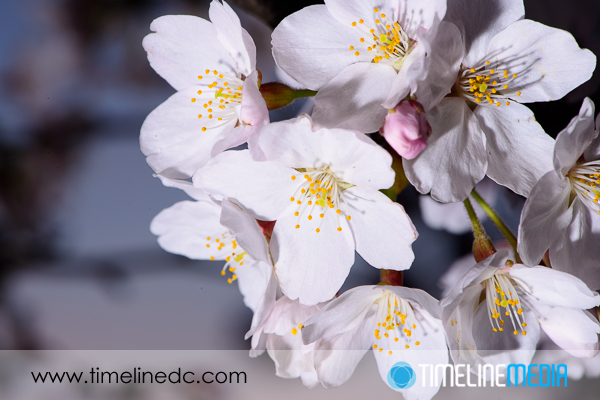
Straight Lines
Very good photographers visualize the world differently. There are stories of people that claim to see the world at certain focal lengths. Commonly 35mm or 50mm on a full frame camera. I don’t know if I am that in tune with my gear, but I am getting much better at pre-visualizing an image before I set the camera.
Architects, similarly, view structures in much the same way. My father was an architect, and I watching him draw buildings out of a blank sheet of paper reveals how he views structures from different perspectives. Another characteristic of most blue prints is that there is no distortion of the angles in the drawings. It is important to keep them straight to make it clear to engineers and builders which angles should be straight in case there are others that they are intentionally changing for design. A tilt shift lens will allow you to straighten all the angles in an image, and remove the distortion that comes from the angle of the camera to the building.
Above is an example of a non-corrected image from a 24mm lens. Because the camera and lens is pointed up towards the building, it makes the top of the house look like it is falling away. The straight sides of the structure seem to be converging at the top of the frame. This is an angle that would not be drawn by an architect. It would be confusing, and not representative of how they would want the structure to be built. Here is a corrected version of the same scene:
Shift Correction
The camera position was not changed between these two images as it was mounted on a tripod. Only the shift function of the tilt shift lens was changed, and the camera angle pointed straight towards the building. This is the magic of the tilt shift lens. You remove the distortion by straightening the angle of the camera to the house, then shift the lens so you can still capture the entire front façade of the building in one frame. I will show how the lens looks and how it makes these changes in a future post.
TimeLine Media – www.timelinedc.com
703-864-8208











